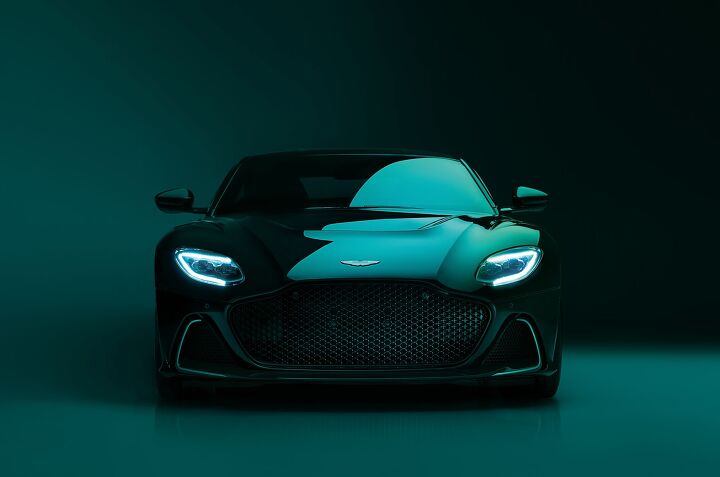
Despite previously having vowed to offer an entirely electric lineup by 2030, Aston Martin has decided to continue selling internal-combustion vehicles beyond the next decade. Company chairman Lawrence Stroll now believes that there will always be demand for combustion engines. Apparently, customers had conveyed to Aston dealers that they still prefer traditional powertrains and want the sensations associated with gasoline-powered automobiles.
Speaking with Autocar, Stroll said he intends for the brand to continue offering liquid-fueled vehicles for as long as governments allow. As things currently stand, the European Union has said it would provide exemptions for boutique manufacturers selling in extremely low volumes after 2035. But Aston Martin already moves too much metal, presumably requiring it to create a specialty subbrand selling a limited number of combustion vehicles each year.
Then again, EV sales aren’t anywhere near the industry or government regulators want them to be. Meanwhile, the public seems fed up with untenable regulatory schemes that are effectively steering the market in ways that don’t really advantage everyday consumers. While this fact hasn’t encouraged Western regulators to change course, it may be making opposition parties favoring deregulation more appetizing to voters.
None of this means Aston is abandoning electrification. While It has decided to delay the launch of its first electric vehicle by two years for a 2027 release date, it’s also increased its EV development budget. However, the company seems like it’s going to shift its focus toward plug-in hybrids — which may allow it to appease regulators while simultaneously satisfying its consumer base.
From Autocar:
Aston Martin has developed a bespoke EV architecture and plans to launch four electric cars on it – a GT, SUV, crossover and ‘mid-engined’ supercar – but they won’t hit the market before 2027 after a reveal of the first model in late 2026.
“We have designed and ready one platform to take four different vehicles,” Stroll told Autocar. “We have all the products technically engineered and physically designed.
“We planned to launch at the end of 2025 and were ready to do so, but it seems there is a lot more hype in EVs, politically driven or whatever, than consumer demand, particularly at an Aston Martin price point.”
He added that demand for electric cars is particularly weak in the luxury segments, as Aston Martins were typically not ‘first’ cars for their customers and used more for leisure.
Stroll said Aston “will get there” with electric cars, “but at the previously [stated] date, definitely not”
Chairman Stroll made it very clear that he envisions hybrids as the path forward for Aston Martin. But it’s hard for that to mean anything after so many automakers spent the last decade telling the world how they’re on the cusp of a historic shift to totally electrified powertrains. What good is a promise from an industry that (with some exceptions) never seems to mean what it says?
For now, the company plans to focus on hybridizing its V8 powerplants because its customers tend to prefer them over V6s. The first example is supposed to be the mid-engined Valhalla (below) that’s slated to launch later this year. Subsequent models will see comprehensive refreshes the company claimed would include hybridization. Aston Martin believes it can set up vehicles to operate fully electric to traverse city centers that may have restrictions on combustion engines and then swap to hybrids where the gasoline and electric motors work together to maximize performance.
[Images: Aston Martin]
Become a TTAC insider. Get the latest news, features, TTAC takes, and everything else that gets to the truth about cars first by subscribing to our newsletter.

[Images: Aston Martin]

